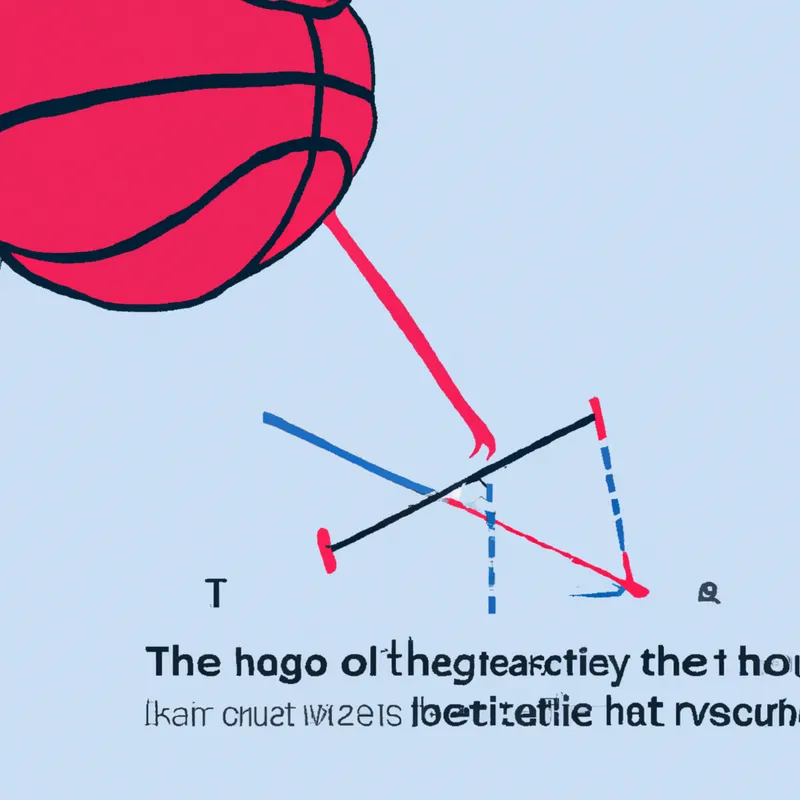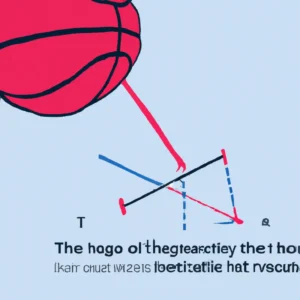Exploring the Future of EMG Signal Processing: Machine Learning Techniques for Improved
Exploring the Future of EMG Signal Processing: Machine Learning Techniques for Improvement
Electromyography (EMG) signal processing plays a vital role in biomedical engineering. It measures electrical activity in muscles and reveals muscle function. Historically, noise, variability, and signal complexity hindered EMG analysis. Recent machine learning (ML) advancements have transformed this field. These advancements promise enhanced accuracy and better EMG signal interpretation. This blog explores EMG signal processing’s future, focusing on machine learning applications, challenges, and directions.
The Role of Machine Learning in EMG Processing
Understanding EMG Signals
EMG signals result from electrical activity during muscle contractions. These signals provide crucial information for medical diagnostics and sports performance enhancement. Traditional EMG analysis often struggles with noise, variability, and data complexity. Machine learning techniques offer solutions, enabling robust analysis and interpretation of these signals.
Machine Learning Techniques in EMG
Researchers employ several machine learning techniques to enhance EMG signal processing. Common approaches include supervised learning, unsupervised learning, and deep learning.
1. **Supervised Learning**: Algorithms like support vector machines (SVM), decision trees, and random forests classify EMG signals. These models require labeled training data to learn input-output relationships. For example, supervised learning effectively classifies different muscle contractions, improving control in prosthetics.
2. **Unsupervised Learning**: Techniques like clustering and dimensionality reduction identify patterns in EMG data without labeled inputs. This approach is valuable when labeled data is scarce. By grouping similar data points, researchers uncover hidden trends in muscle activity.
3. **Deep Learning**: Deep learning models, especially convolutional neural networks (CNNs) and recurrent neural networks (RNNs), excel at feature extraction from raw EMG signals. These models automatically learn hierarchical data representations, capturing complex relationships. Deep learning significantly improves classification accuracy, enabling real-time EMG signal processing.
Improved Classification Accuracy
Machine learning techniques have greatly improved classification accuracy for EMG signals. Researchers developed models that differentiate various muscle activities with high precision. This capability benefits advanced prosthetics and rehabilitation devices, which adapt to user muscle signals. Real-time processing enhances these devices, improving functionality and usability.
Applications of Enhanced EMG Signal Processing
Prosthetics and Rehabilitation
Prosthetics have advanced remarkably due to improved EMG signal processing. Enhanced accuracy allows for better control and user experience.
Conclusion
In summary, machine learning significantly enhances EMG signal processing, paving the way for innovative applications and improved user experiences.
Below are related products to the topic if you’re interested:
FAQ
What is the significance of EMG signal processing in biomedical engineering?
EMG signal processing is crucial in biomedical engineering as it measures electrical activity in muscles, revealing important information about muscle function. It plays a vital role in medical diagnostics and enhancing sports performance, although it historically faced challenges such as noise and variability.
How do machine learning techniques improve EMG signal processing?
Machine learning techniques improve EMG signal processing by offering robust methods for analysis and interpretation. Approaches like supervised learning classify EMG signals using labeled data, while unsupervised learning identifies patterns without labels. Deep learning models excel at extracting features from raw data, significantly enhancing classification accuracy.
What are some applications of enhanced EMG signal processing?
Enhanced EMG signal processing has led to notable advancements in prosthetics and rehabilitation. Improved classification accuracy allows for better control of prosthetic devices, enhancing user experience and functionality in real-time applications.















Post Comment